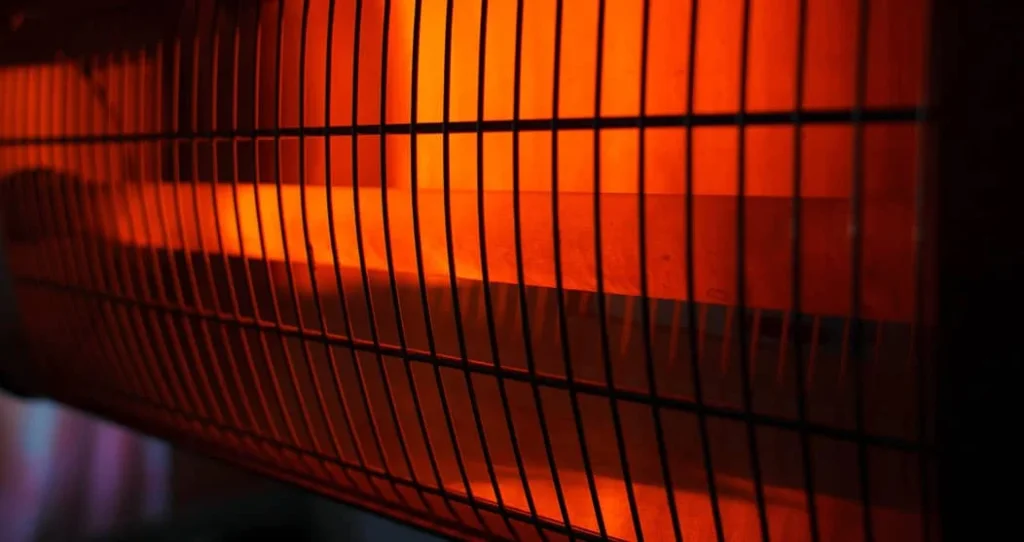Infrared drying systems have gained prominence as efficient and effective solutions for drying coatings, inks, adhesives, and materials in various manufacturing processes. These systems utilize infrared radiation to rapidly and uniformly dry surfaces, offering advantages such as speed, energy efficiency, and precise control. However, like any technology, they also have drawbacks that need consideration. In this comprehensive article, we delve into the pros and cons of infrared drying systems, examining their benefits, challenges, and considerations for implementation in industrial settings.
Pros of Infrared Drying Systems
- Rapid Drying Speed: One of the primary advantages of infrared drying systems is their rapid drying speed. Unlike traditional drying methods that rely on convection or contact heating, infrared radiation directly targets the material’s surface, leading to quick evaporation of moisture or solvents. This rapid drying speed increases production throughput, shorter cycle times, and improves overall efficiency.
- Uniform Drying: Infrared drying systems provide uniform drying across the material’s surface. The even distribution of infrared radiation ensures moisture is removed consistently, preventing drying defects such as streaks, blotches, or uneven drying patterns. This uniform drying capability contributes to enhanced product quality and aesthetics.
- Energy Efficiency: Infrared drying systems are highly energy-efficient compared to conventional drying methods. By targeting the material directly with infrared radiation, these systems minimize heat loss and energy wastage associated with heating large volumes of air. This energy-efficient approach leads to cost savings, lower utility bills, and reduced environmental impact.
- Precision Control: Infrared drying systems offer precise control over drying parameters such as temperature, intensity, and duration of infrared radiation. This level of control allows manufacturers to tailor the drying process to specific materials, ensuring optimal drying results without over-drying or under-drying. Precision control also contributes to consistent product quality and performance.
- Versatility: Infrared drying systems are versatile and adaptable to various materials and applications. Whether it’s drying coatings on automotive parts, curing inks on printed materials, or dehydrating food products, these systems offer customizable solutions that meet the diverse needs of manufacturers across industries. This versatility makes infrared drying systems valuable assets in various production environments.
- Environmental Sustainability: The energy-efficient nature of infrared drying systems contributes to environmental sustainability. These systems align with eco-friendly manufacturing practices by reducing energy consumption and minimizing greenhouse gas emissions. Additionally, the efficient and uniform drying achieved by infrared systems minimizes material waste and rejects, further promoting sustainability.
Cons of Infrared Drying Systems
- Initial Investment Costs: One of the primary challenges associated with infrared drying systems is the initial investment costs. These systems require specialized equipment such as infrared emitters, controllers, and monitoring devices, which can be costly to purchase and install. Additionally, retrofitting existing production lines with infrared drying systems may require modifications and adjustments, adding to the overall implementation costs.
- Maintenance Requirements: Like any complex equipment, infrared drying systems require regular maintenance to ensure optimal performance and longevity. Maintenance tasks may include cleaning infrared emitters, calibrating temperature sensors, and inspecting electrical components. Failure to perform routine maintenance can decrease efficiency, downtime, and potential system failures.
- Safety Concerns: Using infrared radiation in drying processes raises safety considerations. While modern infrared drying systems incorporate safety features such as thermal sensors and interlocks to prevent overheating and accidents, operators must adhere to safety protocols and guidelines. Direct exposure to infrared radiation can cause skin burns or eye injuries, necessitating proper training and protective measures for personnel working with infrared drying systems.
- Limited Penetration Depth: Infrared radiation has a limited penetration depth, particularly in opaque or thick materials. This limitation can affect the drying efficiency of materials with complex geometries or multiple layers. Manufacturers may need to adjust drying parameters or use supplementary drying methods for materials that exhibit poor infrared penetration.
- Material Compatibility: Not all materials are suitable for infrared drying. Some materials may be sensitive to high temperatures or infrared radiation, leading to quality issues or damage during drying. Manufacturers must conduct thorough testing and analysis to determine the compatibility of materials with infrared drying systems and adjust drying parameters accordingly.
- Risk of Overheating: Improper operation or control of infrared drying systems can lead to overheating of materials, resulting in quality defects such as blistering, cracking, or color changes. Maintaining precise control over drying parameters and monitoring material temperatures is essential to prevent overheating and ensure consistent drying results.
Considerations for Implementation
When considering the implementation of infrared drying systems in manufacturing processes, several factors should be taken into account:
- Cost-Benefit Analysis: Conduct a thorough cost-benefit analysis to evaluate the potential savings and benefits of adopting infrared drying systems compared to traditional methods. Consider initial investment costs, energy savings, production efficiency, and quality improvements.
- Material Compatibility: Assess the compatibility of materials with infrared drying systems to avoid quality issues or damage. Conduct material testing and trials to determine optimal drying parameters and ensure consistent results.
- Safety Protocols: Establish comprehensive safety protocols and training programs for personnel working with infrared drying systems. Provide protective equipment, safety guidelines, and emergency procedures to mitigate risks associated with infrared radiation.
- Maintenance Planning: Develop a proactive maintenance plan to ensure infrared drying systems’ ongoing performance and reliability. Schedule regular inspections, cleaning, and calibration activities to minimize downtime and extend equipment lifespan.
- Integration with Automation: Explore opportunities to integrate infrared drying systems with automation, data analytics, and control systems. Smart technologies can enhance process control, optimize energy usage, and enable real-time monitoring for improved efficiency and productivity.
Conclusion
Infrared drying systems offer a range of benefits such as rapid drying speed, uniform drying, energy efficiency, precision control, and versatility, making them valuable assets in manufacturing processes. However, they also come with challenges such as initial investment costs, maintenance requirements, safety concerns, limited penetration depth, material compatibility issues, and the risk of overheating.By carefully considering these pros and cons, conducting thorough assessments, and implementing appropriate safety measures and maintenance practices, manufacturers can harness the full potential of infrared drying systems to enhance productivity, quality, and sustainability in their operations. As technology evolves, advancements in infrared drying systems are expected to address current challenges and improve their efficiency and effectiveness in manufacturing environments.
This article is posted on Infinite Insight Hub.



